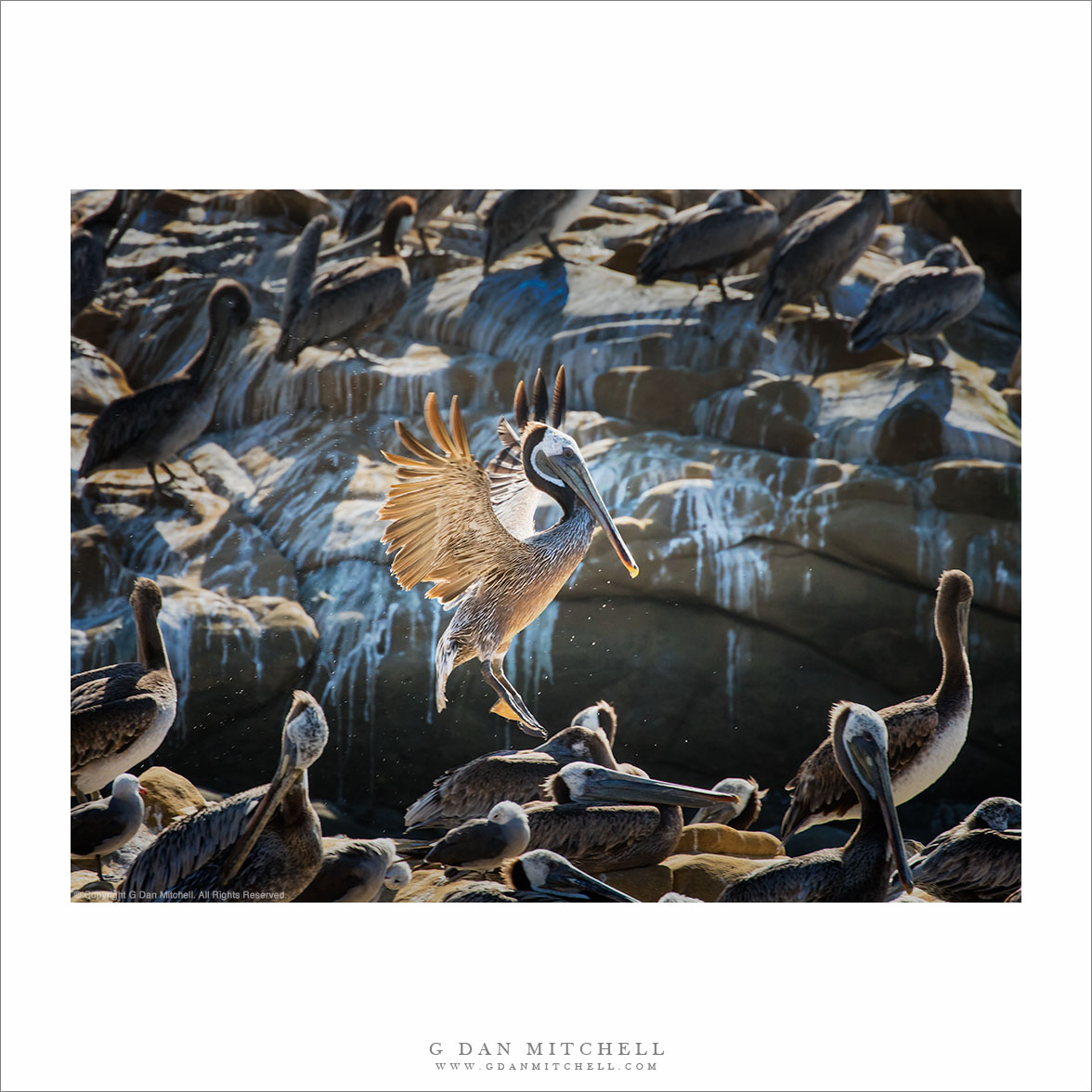These days I use the Canon EOS 5DsR for much of my photography — particularly my landscape, nature, wildlife, and long-exposure night photography. Since people often ask me about the camera, I have decided to offer this write-up. I’ll try to cover some things about the camera that work well for me, acknowledge one or two very small issues, and consider the kinds of photographers for whom it (or its twin, the Canon EOS 5Ds) might be a great choice. (This isn’t the first time I’ve written about aspects of this camera’s performance, and I have included a list of some of my other posts near the end of this article.)

The 5Ds and 5DsR are both 51 megapixel (MP) full frame DSLR bodies from Canon. They currently provide the highest sensor resolution available from a full frame digital camera and, as such, are targeted to photographers who need particularly high image resolution and who will photograph and post-process in ways that provide this. The 5DsR cancels the effect of the anti-aliasing filter found in the 5Ds — more on that subject below.
It is probably fair to say that the main attraction of these cameras is that high-resolution sensor, a fact that might lead some photographers to ask whether or not they will be able to take advantage of the high-resolution. Compared to earlier 5D-series cameras, the 5Ds/5DsR provide some other improvements, too. The autofocus (AF) system has been updated, noise handling is very good, and the camera produces high dynamic range files that can be pushed and pulled quite a bit in post. Some updates have been made to the hardware and software interface of the camera, too.

Sensor Resolution
There is no question that these cameras can produce very high-resolution images. Photographers who work carefully and who make very large prints will be pleased. I have made test prints equivalent to 30″ x 45″ prints that look very good and it is possible to go even larger. However, before you jump at the highest resolution full frame camera purely on the basis of higher resolution, you should ask yourself a few serious questions. Continue reading Canon EOS 5DsR/5Ds: My Experience



